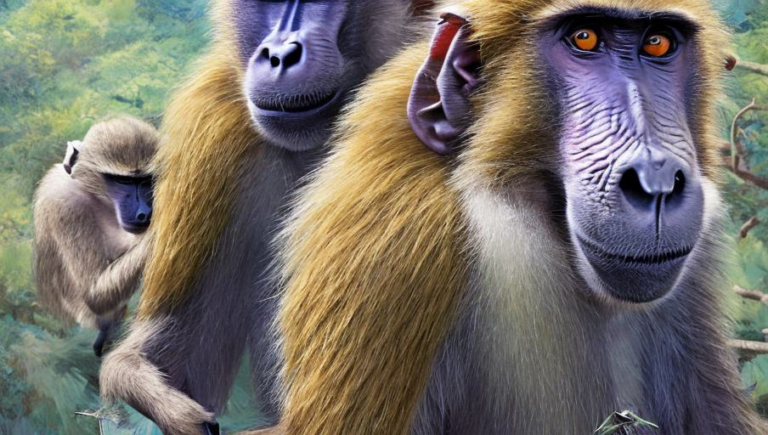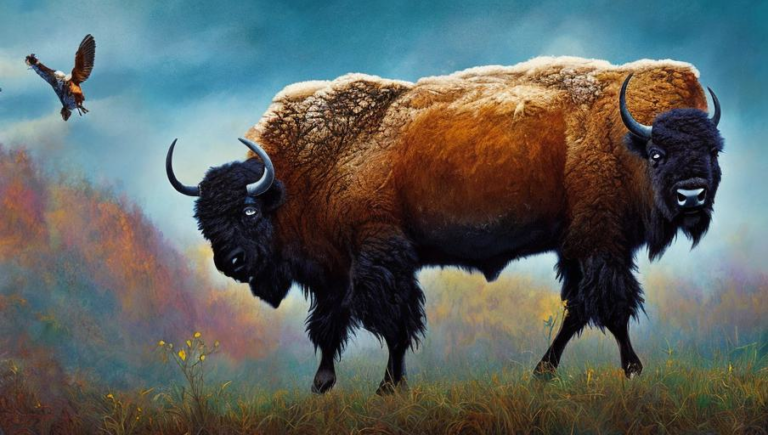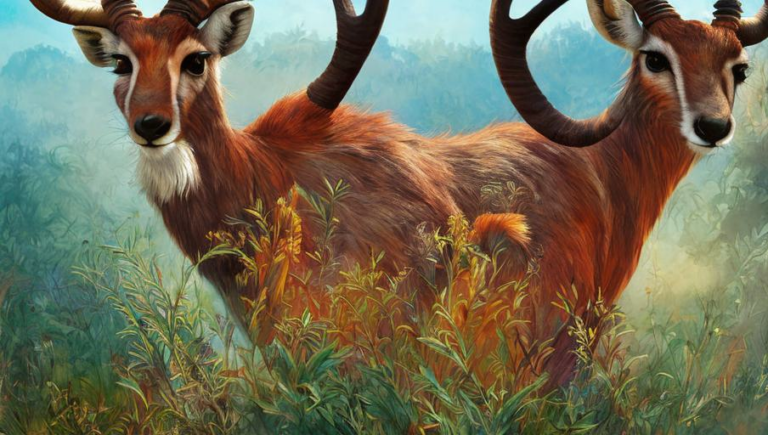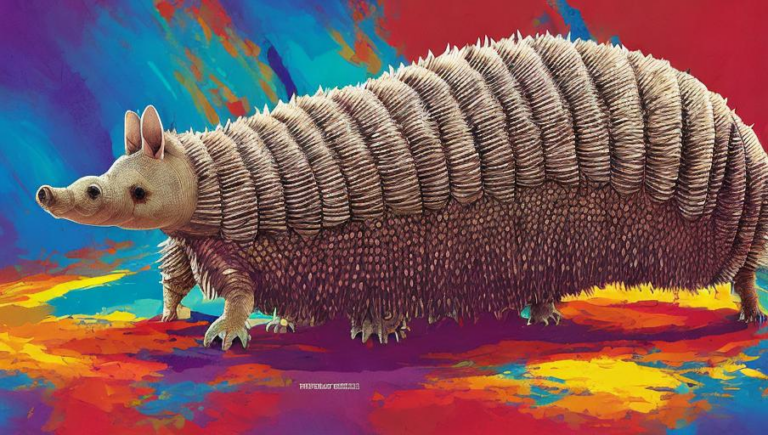Navigating the Complexities of Bison Migration
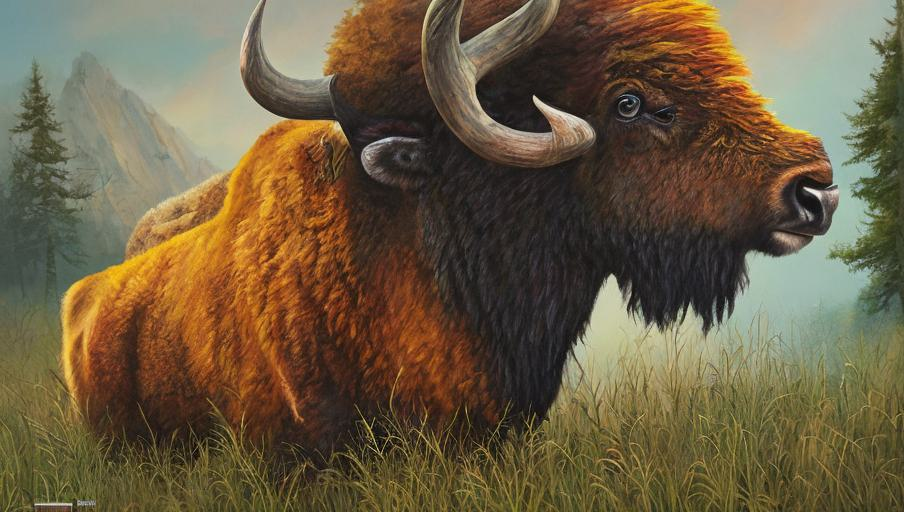
Introduction
Bison (Bison bison) are iconic symbols of the American West. These majestic creatures are a part of the fabric of our nation, and are an integral part of the ecosystems of the Great Plains. An estimated 500,000 bison roam the U.S. and Canada, from the northern Great Plains to the southern states. But the complex migratory habits of bison are still largely unknown.
Bison Migration
Bison migrate seasonally in search of food and water. In the late summer and early fall, bison move north in search of new grasslands. In the winter, they move south to escape the colder temperatures. Springtime brings the bison back north as the weather warms up. In addition to seasonal migrations, bison have been known to undertake “nomadic” migrations, moving across hundreds of miles in search of greener pastures.
The Migration Challenge
The complexity of bison migration is a challenge for researchers. Bison are notoriously difficult to track. They are large animals, capable of covering vast distances in a short amount of time. This makes it difficult for researchers to accurately estimate the size of bison herds and their migration patterns. In addition, bison are highly social animals, and they often move together in large herds, making it difficult to track individual animals.
Tracking Bison Migration
To better understand the migratory patterns of bison, researchers have used a variety of methods. Some researchers have used radio collars to track individual animals. Others have used citizen science initiatives to collect data about bison populations. Still others have used drones to observe bison herds from the sky. By combining these methods, researchers are beginning to gain a better understanding of bison migration.
The Benefits of a Better Understanding
A better understanding of bison migration could help researchers and conservationists better protect bison populations. Knowing the size and location of bison herds can help us make better decisions about land use and management. In addition, tracking bison migration can help us identify areas of critical habitat, where bison can find food and water and be protected from predators. By understanding bison migration, we can ensure these iconic creatures will continue to roam the American West for generations to come.
Conclusion
Bison migration is a complex phenomenon that is still largely unknown. By using a variety of methods, researchers are gaining a better understanding of bison migration patterns, which could lead to better protection of bison populations. A better understanding of bison migration could also help us make better decisions about land use and management, and ensure that bison remain an iconic symbol of the American West for years to come.
